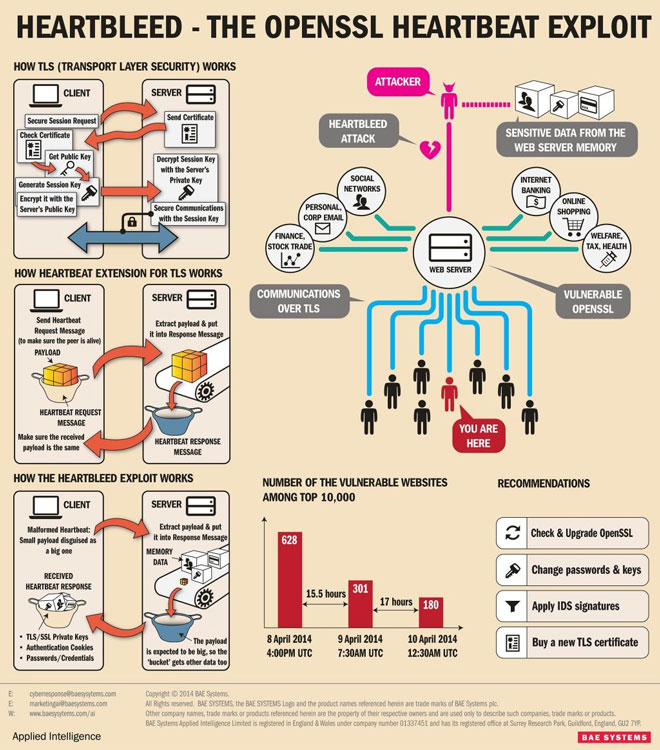DC programming and DCA for enhancing Physical Layer Security via cooperative jamming
Trong bài báo này, mô hình kết hợp nhiễu - một trong những mô hình được sử dụng trong tầng vật lý được đề cập và bài toán phân bổ công suất với mục đích cực đại hóa tổng của tốc độ truyền tin an toàn với các ràng buộc về công suất được phát biểu như một bài toán tối ưu không lồi. Hàm mục tiêu của bài toán là hiệu của hai làm lồi, được gọi là hàm DC và tập ràng buộc chứa một số ràng buộc kép. Chúng tôi đề xuất một phân tích DC mới cho hàm mục tiêu và sử dụng DCA (giải thuật DC) để giải bài toán này. Ưu điểm của phân tích DC này là nó sinh ra các bài toán con lồi mạnh bậc hai với các biến riêng rẽ trong hàm mục tiêu, do đó chúng có thể được giải dễ dàng bởi cả hai phương pháp tập trung hoặc chia rẽ biến. Các kết quả thực nghiệm đã chỉ ra tính hiệu quả của phân tích DC này so với phân tích DC được đưa ra trước đó [2].
Abstract— The explosive development of computational tools these days is threatening security of cryptographic algorithms those are regarded as primary traditional methods for ensuring information security. Physical layer security approach is introduced as a method for both improving confidentiality of the secret key distribution in cryptography and enabling the data transmission without relaying on higher-layer encryption. In this paper, the cooperative jamming paradigm-one of the techniques used in the physical layer is mentioned and the resulting power allocation problem with the aim of maximizing the sum of secrecy rates subject to power constraints is formulated as a nonconvex optimization problem. The objective function is difference of two convex functions, called DC function and some constraints are coupling. We propose a novel DC decomposition for the objective function and use DCA (DC algorithms) to solve this problem. The main advantage of the proposed DC decomposition is that it leads to strongly convex quadratic sub-problems that can be easily solved by both distributed and centralized methods. The numerical results show the efficiency of this DC decomposition compared with the one proposed in [2].
|
Tài liệu tham khảo [1]. Al-Shatri, A. Weber, T, “Achieving the maximum sum rate using dc programming in cellular networks”. IEEE Trans. Signal Process 60(3), pp. 1331-1341, March 2012. [2]. Alvarado, A., Scutari, G., Pang, J.S, “A new decomposition method for multiuser dc-programming and its application”. Signal Pro cessing, IEEE Transactions on 62(11), pp. 2984-2998, 2014. [3]. Barenghi, A., Breveglieri, L., Koren, I., Naccache, D, “Fault injection attacks on cryptographic devices: Theory, practice, and countermeasures”. Proc. IEEE 100(11), pp. 3056-3076, November 2012. [4]. Bertsekas, D .P., Nedic, A., Ozdaglar, E, “Convex analysis and optimization. Athena Sicientific Belmont, 2003. [5]. Dong, L., Han, Z., Petropulu, A., Poor, H, “Improving wireless physical layer security via cooperating relays”. IEEE Trans. Signal Process 58(3), pp. 1875-1888, March 2010. [6]. Goel, S., Negi, R, “Guaranteeing secrecy using artificial noise”. Wireless Communications, IEEE Transactions on 7(6), pp. 2180-2189, June 2008. [7]. He, X., Yener, A, “Cooperative jamming: The tale of friendly interference for secrecy”, pp. 65-88, Spinger, 2010. [8]. Jorswieck, E., Wolf, A., Gerbracht, S, “Secrecy on the Physical Layer in Wireless Networks”, vol. ch. 20, INTECH 2010. [9]. Kapoor, G., Piramithu, S, “Vulnerabilities in some recently proposed rfid ownership transfer protocols”. IEEE Commun. Lett. 14(3), pp. 260-262, March 2010. [10]. Kha, H.H., Tuan, H.D., Nguyen, H.H, “Fast global optimal power allocation in wireless network by local dc programming”. IEEE Trans. On Wireless Communications 11(2), pp. 510-512, February 2012. [11]. Le Thi, H.A, “DC Programming and DCA”. http://www.lita.univ-lorraine.fr/~lethi/ [12]. Le Thi, H.A., Nguyen, M.C., Pham Dinh, T, “A DC Programming Approach for Finding Communities in Networks”. Neural Computation 26(12), pp. 2827-2854, September 2014. [13]. Le Thi, H.A., Nguyen, M.C., Pham Dinh, T, “Self-Organizing Maps by Difference of Convex functions optimization”. Data Mining and Knowledge Discovery 28, pp. 1336-1365, September 2014. [14]. Le Thi, H.A., Pham Dinh, T, “The DC (Difference of Convex Functions) Programming and DCA Revisited with DC Models of Real World Nonconvex Optimization Problems”. Annals of Operations Research 133, pp. 23-46, 2005. [15]. Le Thi, H.A., Vo, X.T., Le, H.M., Pham Dinh, T, “DC approximation approaches for sparse optimization”. European Journal of Operational Research 244(1), pp. 26-46, 2015. [16]. Le Thi, H.A., Vo, X.T., Pham Dinh, T, “Feature selection for linear SVMs under uncertain data:Robust optimization based on difference of convex functions algorithms”, Neural Networks 59, pp. 36-50, 2014. [17]. Li, J., Petropulu, A., Web er, S, “On cooperative relaying schemes for wireless physical layer security”. IEEE Trans. Signal Pro cess 59(10), pp. 4985-4997, October 2011. [18]. Mutherjee, A., Fako orian, S.A.A., Huang, J., Swindlehurst, A.L, “Principle of physical layer security in multiuser wireless networks: A survey. Communication Survey and Tutorials”, IEEE 16(3), pp. 1550–1573, 2014. [19]. Pham Dinh, T., Le Thi, H.A, “Convex analysis approach to DC programming: Theory, algorithms and applications”. Acta Mathematica Vietnamica 22(1), pp. 289-357, 1997. [20]. Pham Dinh, T., Le Thi, H.A, “Optimization algorithms for solving the trust region subproblem”. SIAM J. Optimization 8, pp. 476-505, 1998. [21]. Pham Dinh, T., Le Thi, H.A, “Recent Advances in DC Programming and DCA”, vol. 8342. Springer Berlin Heidelberg, 2014. [22]. Schneier, “Cryptographic design vulnerabilities”. IEEE Computer 31(9), pp. 26-33, 1998. [23]. Stano jev, I., Yener, A, “Improving secrecy rate via sp ectrum leasing for friendly jamming”. IEEE Trans. Inf. Forensics Security 12(1), pp. 134-145, January 2013. [24]. Vucic, N., Schubert, M, “Dc programming approach for resource allocation in wireless networks”. IEEE, Proceedings of the 8th International Symp osium on Mo deling and Optimization in Mobile, Ad Hoc and Wireless Networks, pp. 380-386, May 2010. [25]. Wyner, A.D, “The wire-tap channel”. Bell Sys. Tech. Journ. 54, pp. 1355-1387, 1975. |
Le Thi Hoai An, Tran Thi Thuy, Pham Dinh Tao





















